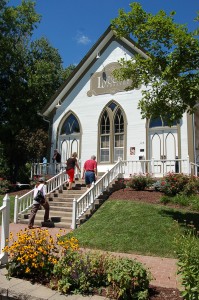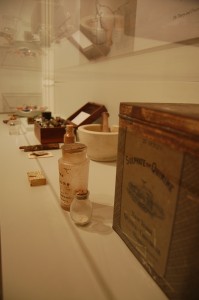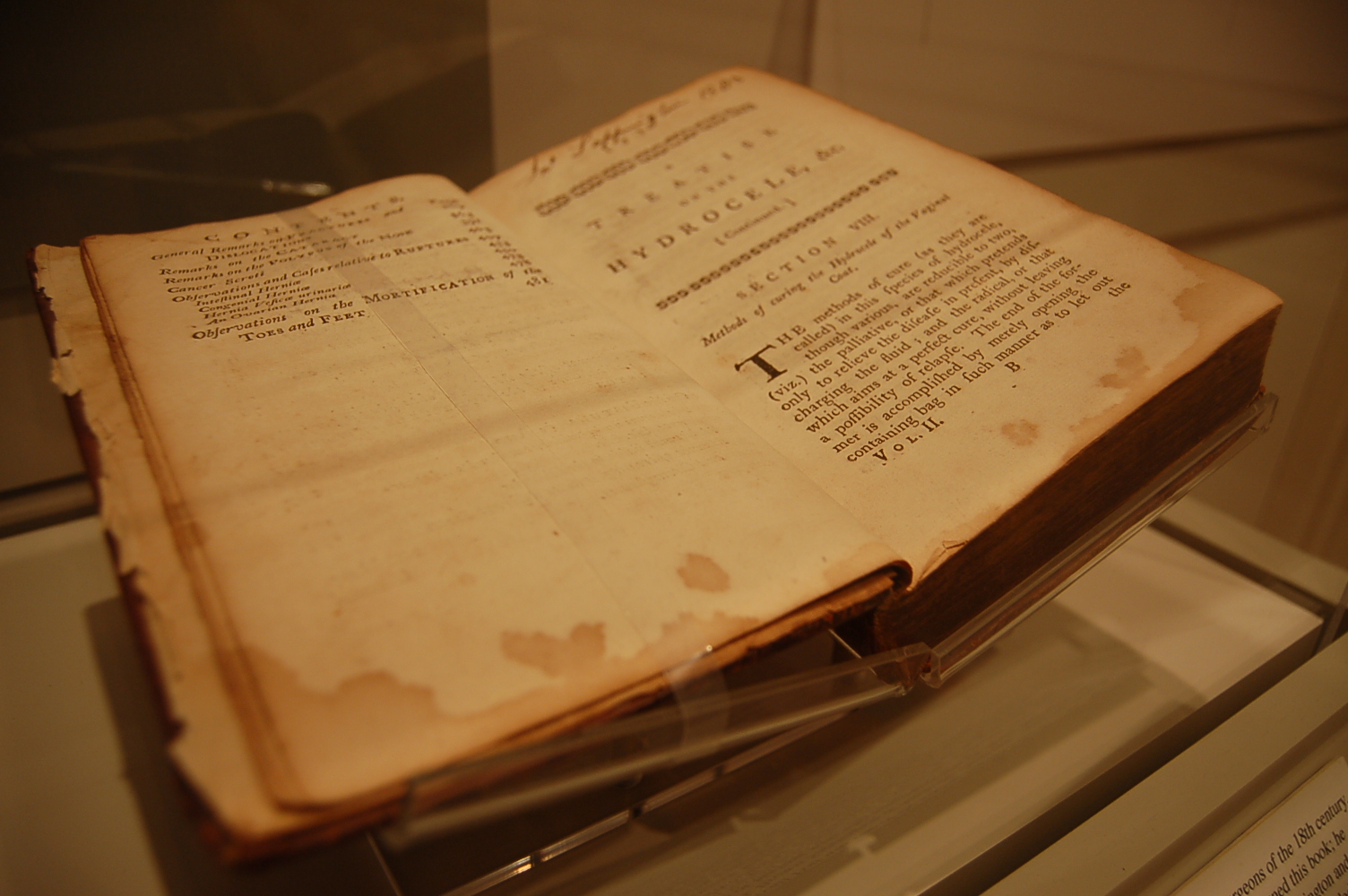Arrow Rock: Small town is historical hotspot
At the intersection of the Santa Fe Trail and the Missouri River is Arrow Rock, there is a village with a population of 56 people. During the 19th century, a steady flow of travelers has made the village a historical hotspot today. Arrow Rock, Missouri, is home to preserved buildings and art maintained through the efforts of the Friends of Arrow Rock.
Elaine Breshears, a historic interpreter for the Friends of Arrow Rock, leads tour guides that teach visitors about the buildings and historic landmarks nearby.
Breshears says Native Americans would make arrowheads using the flint in the bluffs, which led to the village’s namesake of Arrow Rock. When French travelers came to the area to trade with Native Americans, they described it as the “Prairie of Arrows.” Breshears says even Lewis and Clark noticed the bluffs while traveling down the Missouri River.
“It was something that was just eye catching,” Breshears explains. “And it was so big that some of the boats used it for navigation purposes.”
Members of the local community established the Friends of Arrow Rock during 1959 with the mission to preserve the town’s buildings, including homes, churches and lodge halls.
“Arrow Rock was kind of becoming a dying town,” Breshears says. “If people didn’t take initiative, they were going to die out and not be a town anymore.”

Quin Gresham, Producing Artistic Director of the Arrow Rock Lyceum Theatre, says the Friends of Arrow Rock and the theatre both emerged during the 1960s, a time when the village’s population was decreasing.
“Very few streets were paved,” Gresham says. “It was described as, maybe unfairly, as a shanty town at that point, and a great deal of work and passion has gone into making the whole town a piece of art representative of an earlier period.”
Now the village’s historical buildings and 400-seat theatre attract tourists from across the country. Beyond seeing performances at the theatre, visitors can discover other forms of art.
Paintings by George Caleb Bingham are displayed in the Friends of Arrow Rock office, located on the downtown boardwalk along with antique stores and the post office. Bingham, an artist who once lived in Arrow Rock, is known nationwide for his paintings from the mid-1800s depicting frontier life based on his personal observations. One of his best-known pieces, “Fur Traders Descending the Missouri, 1845,” now hangs in the Metropolitan Museum of Art in New York City.
Tempe McGlaughlin, postmaster in Arrow Rock, says many people are drawn to the village for the art, like Bingham’s work.
“A lot of the things that he painted were of people here in this village,” McGlaughlin says. “There are faces of Arrow Rock people all over the world.”
Dr. John Sappington, a prominent Missouri doctor during the 1800s, was one of many faces painted by Bingham.

The Friends of Arrow Rock’s one-room memorial building dedicated to Sappington has medical artifacts on display that were commonly used during the time, like a bleeding bowl used for bloodletting. Doctors thought withdrawing blood from a patient would remove the sickness, but Sappington did not believe bloodletting worked. He was known for creating his own anti-malaria pills and using them to successfully treat patients.
Whether giving tours of the village and its museums or explaining the cultural significance of a building from memory, Breshears says working for the Friends of Arrow Rock is something she knew she wanted to do.
“I really enjoy promoting history, promoting Arrow Rock, and promoting the Lyceum, and the park, and everything that I can promote,” Breshears says. “Because I know how wonderful it is because I’ve lived here.”
Read more about the Arrow Rock’s famous theatre in Detours Magazine online.
